class: center, middle, inverse, title-slide # War, Technology & Innovation ## Electro/Mechanical Telegraphy ### Jack McDonald ### 2019-10-22 --- class: inverse # Opening Discussion .question[ What are the most out-of-date ICTs that you can remember using? ] ??? Notes for the discussion Link to images? --- # Lecture Outline - Electro/Mechanical Telegraphs & Communications Infrastructure - Understanding War - War & ICTs ??? Weekly Course Admin Notes go here --- class: inverse # Electro/Mechanical Telegraphs & Communications Infrastructure ??? /// --- # Telegraphs: Mechanical & Electro-Magnetic .pull-left[ 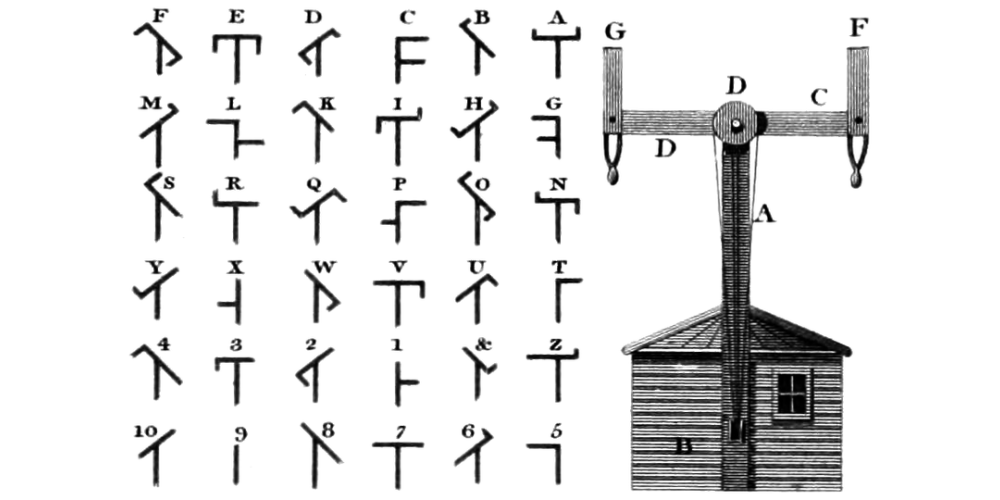 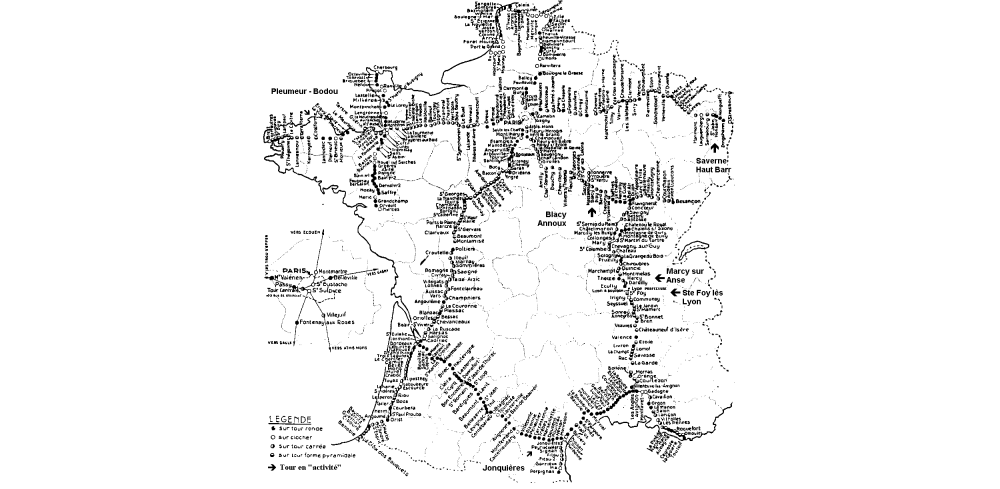 ] .pull-right[   ] ??? --- # ICTs and Information Theory .pull-left[ 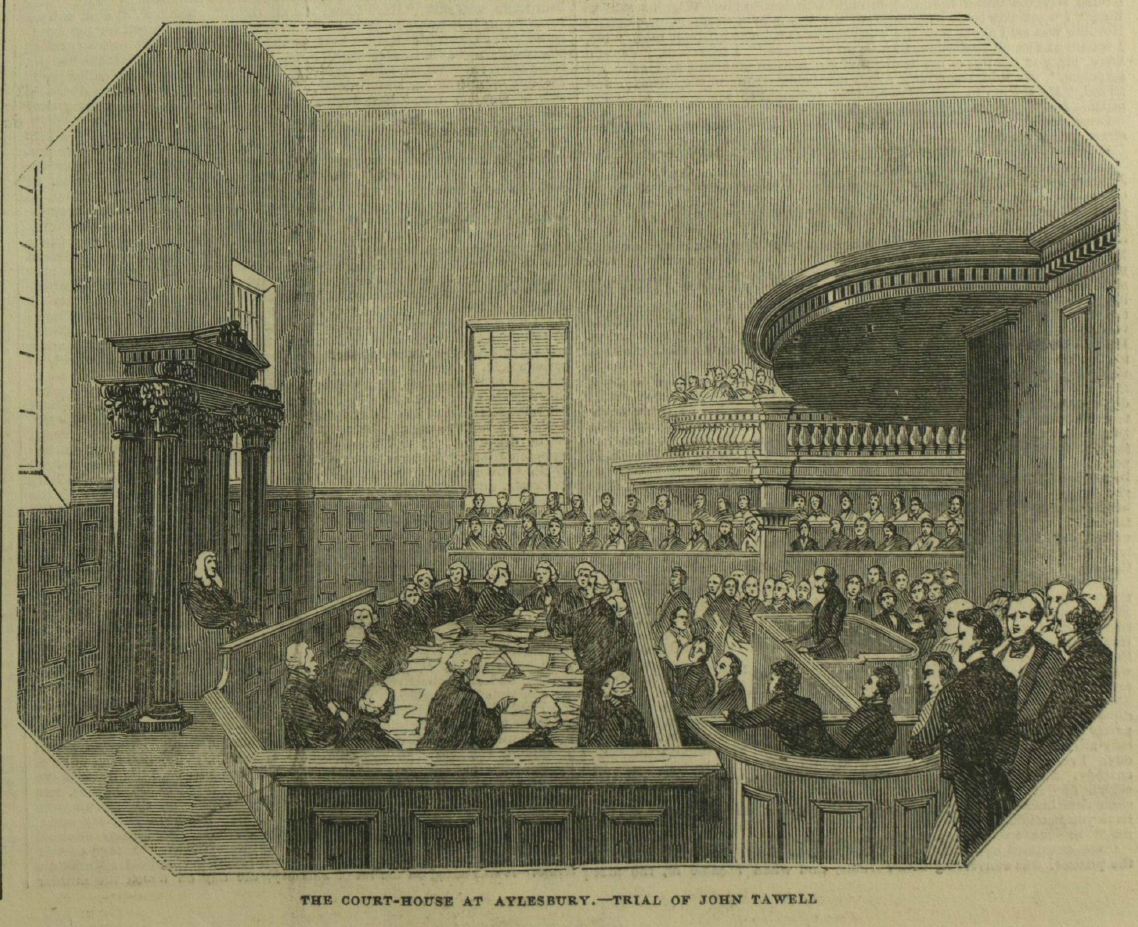 ] -- .pull-right[ .medium[ > The fundamental problem of communication is that of reproducing at one point either exactly or approximately a message selected at another point. Claude Shannon, _A Mathematical Theory of Communication_ ] .picblock[ 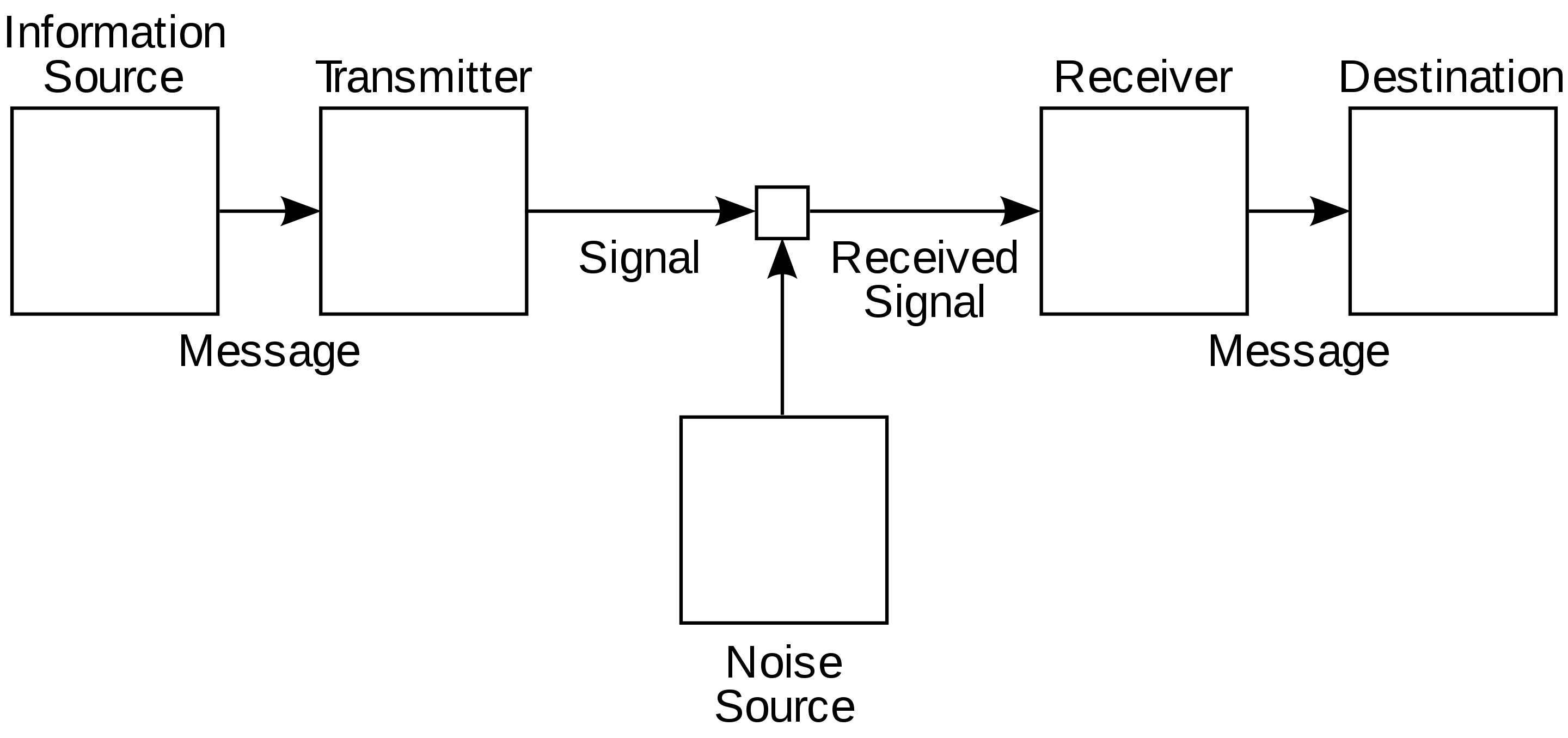] ] ??? /// --- # Concept: Infrastructure .pull-left[ 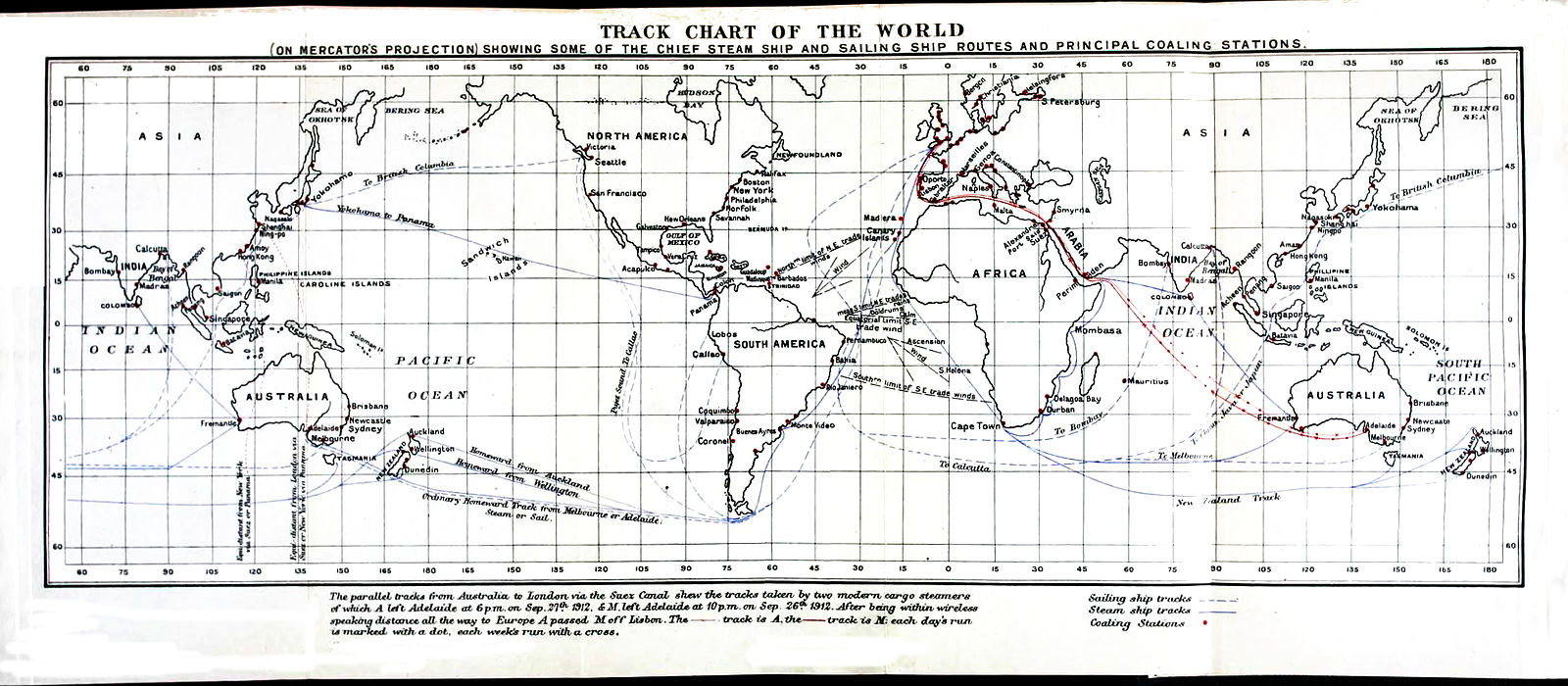 ] .pull-right[ 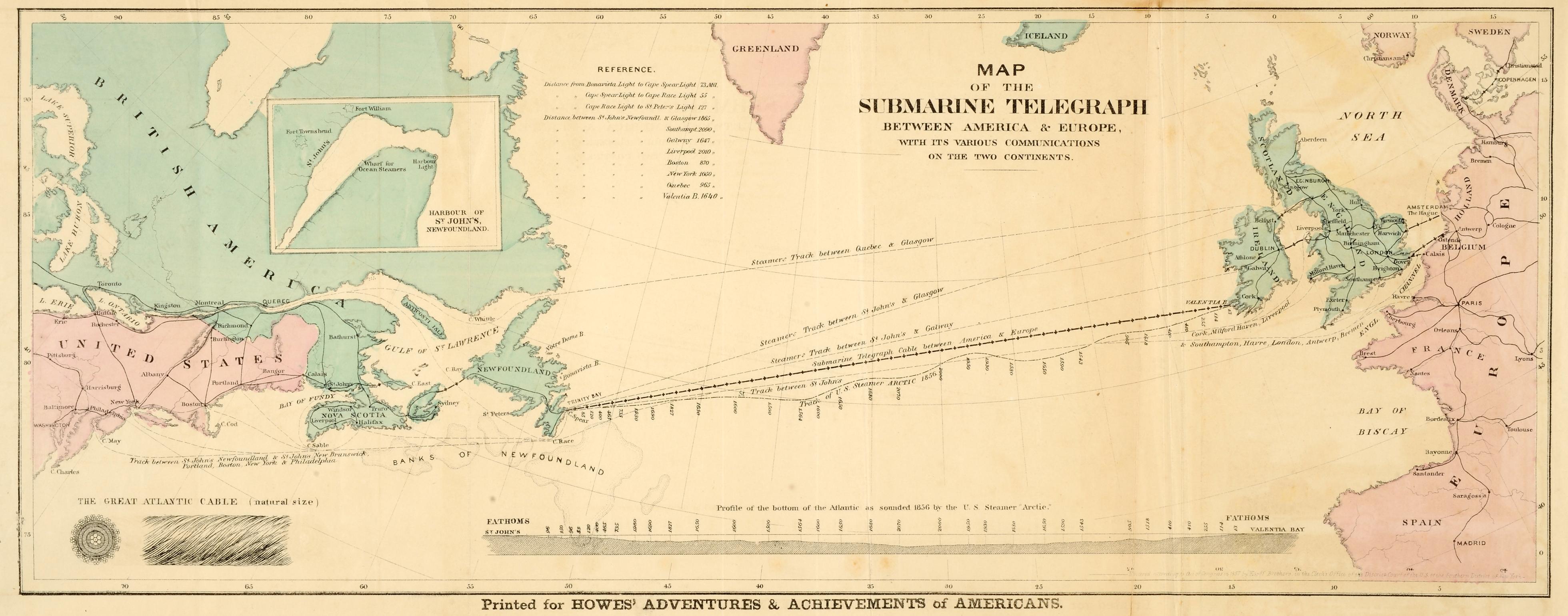 ] .medium[ > The cabling of the world was an extraordinary feat, since it meant laying thousands of miles of thick, specially coated cable under the ocean waves, while the logistics on land was often not much more straightforward. It did not, unlike canal or railroad construction, require a huge deployment of manpower, and the technology was less invasive in urban environments. By the mid-eighties, the globe was, quite literally, wired up. Jürgen Osterhammel, _The Transformation of the World_] ??? /// --- # Wiring the World .left-column[ 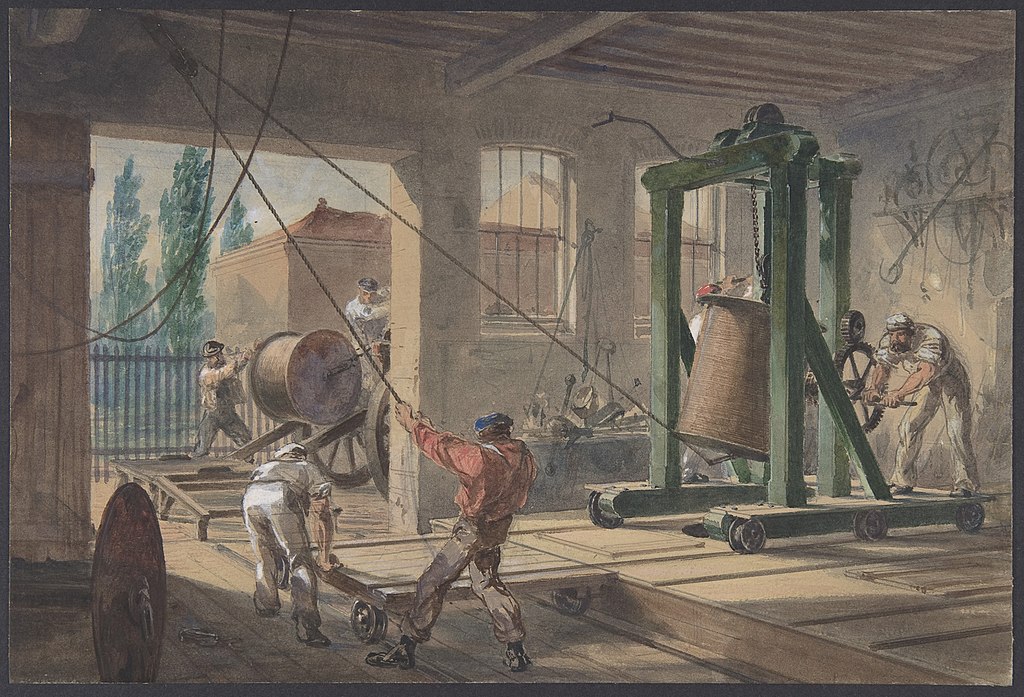 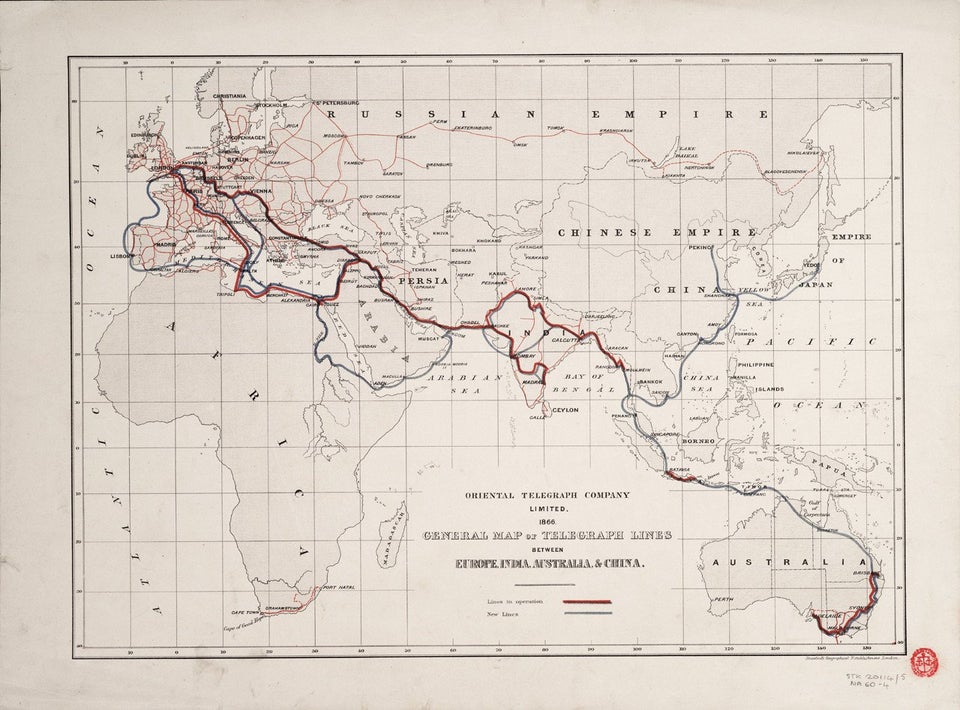  ] .right-column[ > In a culture like ours, long accustomed to splitting and dividing all things as a means of control, it is sometimes a bit of a shock to be reminded that, in operational and practical fact, the medium is the message. This is merely to say that the personal and social consequences of any medium—that is, of any extension of ourselves—result from the new scale that is introduced into our affairs by each extension of ourselves, or by any new technology. Marshall McLuhan ] ??? Information security Each type of communications infrastructure has its own physical requirements, tolerances, and dependencies. Is diffusion theory deterministic with regards to technologies that improve communications within a social system? Another periodisation: when technologies communicated more info than humans (Floridi) --- # SCOT: Chinese Typewriter .pull-left[ 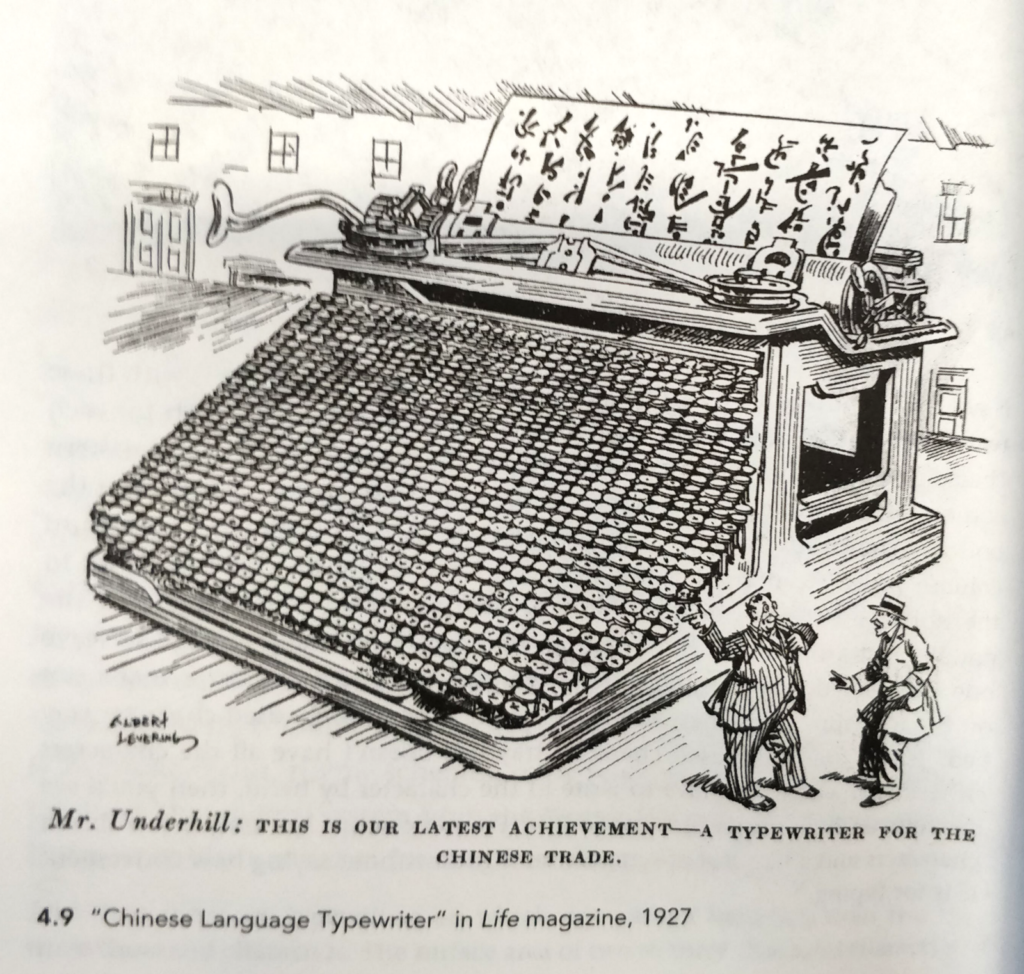 ] -- .pull-right[ .picblock[ 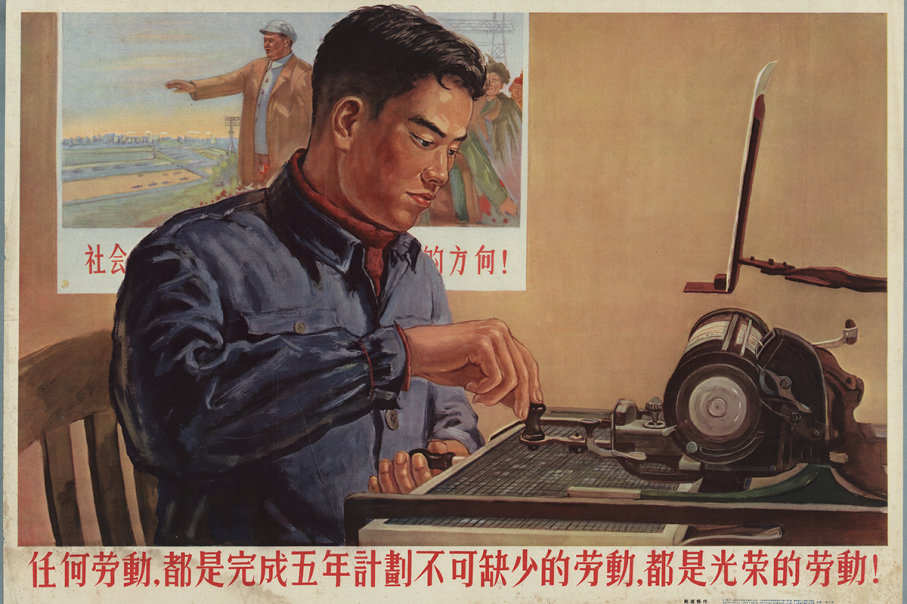  ] ] ??? /// --- # Complex Systems .left-column[ 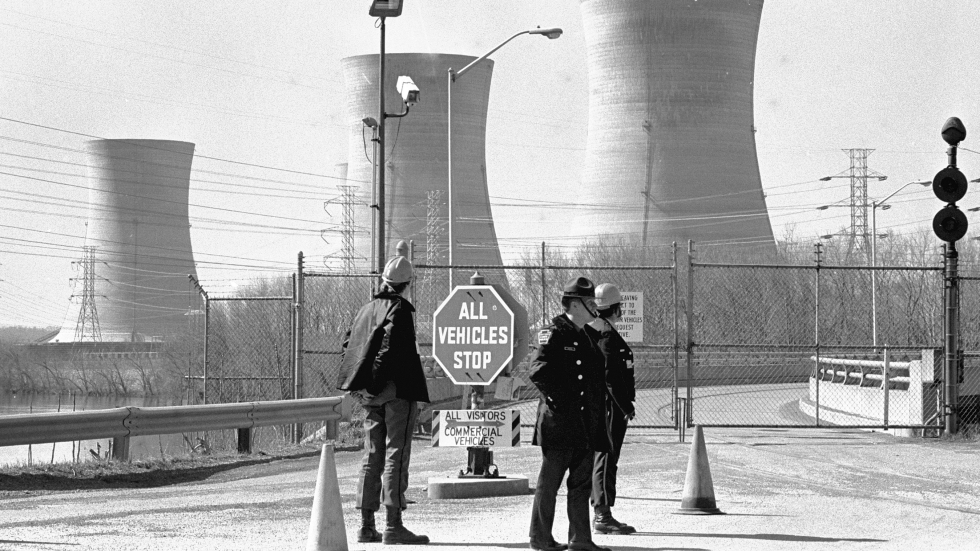 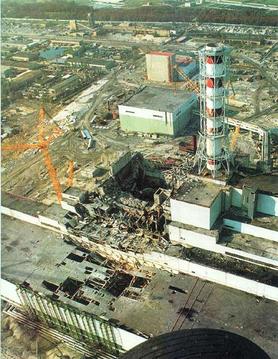  ] -- .right-column[ > Civilization advances by extending the number of important operations which we can perform without thinking of them. Alfred North Whitehead, _An Introduction to Mathematics_ > All of the interesting systems... are inherently and unavoidably hazardous by their own nature... The high consequences of failure lead over time to the construction of multiple layers of defense against failure. Richard I. Cook, _How Complex Systems Fail_ ] ??? Infrastructure extends what humans can do by exacerbating the impact of systems failure Interesting idea: what does it mean to think of a military force as a complex system? --- class: inverse # Small Group Discussion .large[Are the economic consequences of technology more important in strategic terms than their military utility? Why?] ??? /// --- class: inverse # Understanding War ??? /// --- # The Problem of War Studies .left-column[ 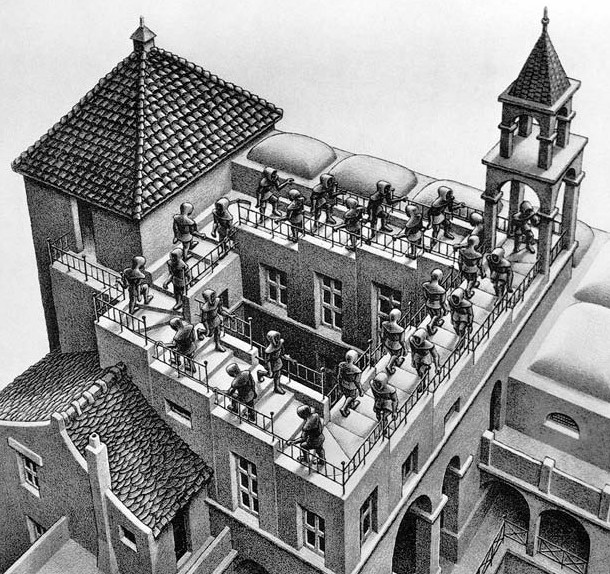  ] .right-column[ > Under a family resemblances approach, privacy is not defined by looking for a common denominator in all things we view under the rubric of privacy. Instead, we should understand privacy in a pluralistic manner. Privacy is not one thing, but a cluster of many distinct yet related things. Daniel Solove, _Understanding Privacy_ What is war? or, What problems does war pose X? What is strategy? or, What are strategic problems? ] ??? Solove quote p.40 --- # War and Strategy: A Pragmatic Approach .pull-left[ .small[ > ...we find ourselves with four ideas relating to war and war strategy — that there will be war, that the aim of war is some measure of control, that the pattern of war is not predictable, and that the ultimate tool of control in war is the man on the scene with a gun. John C. Wylie, _Military Strategy_ > The most effective strategies do not depend solely on violence – though this can play an instrumental role, by demonstrating superiority as much as expressing aggression – but benefit instead from the ability to forge coalitions. Lawrence Freedman, _Strategy: A History_ ] ] .pull-right[ | Orientation | Interactions | | --- | --- | | Control | Cooperation | | Culture | Competition | | Coordination | Coercion | | Communication | Conflict | | Capability | Carnage |  ] ??? /// --- # Understanding War & Technology .pull-left[  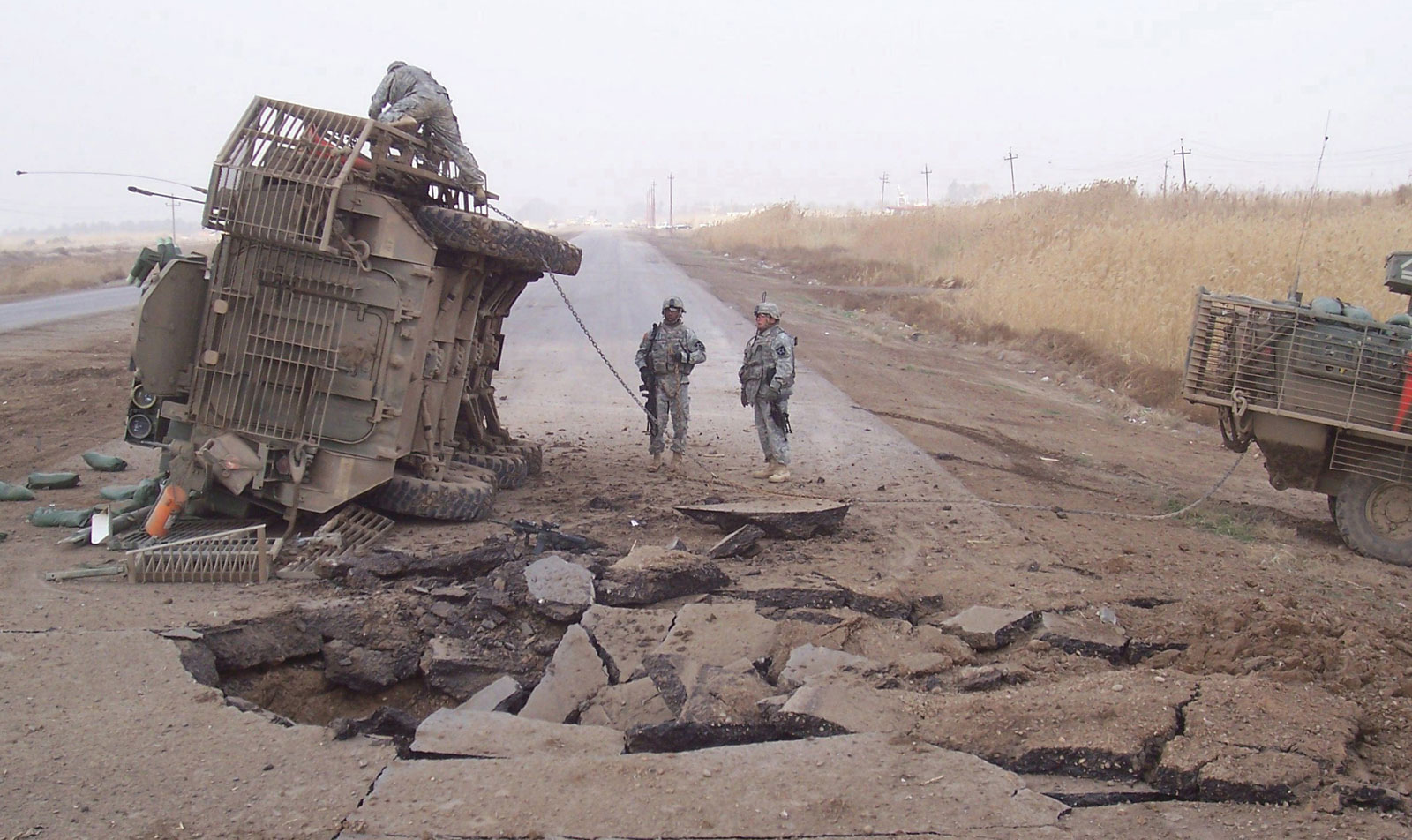 ] .pull-right[ > Different peoples can have dissimilar conceptions of war as it should be, and when they clash in battle, the fact that they are fighting by different rules creates a reality that neither adversary expected. John A. Lynn, _Battle_ ] ??? Lynn quote p.363 Lee's model, Lynn's model Technology as key "bottom up" factor - introducing tactical level to model, nested in Capability Borrow heavily from Lynn's model (reality of war) Sociotechnics as background to my model If War model is essentially a description of agency and interaction, sociotechnical model is its context. Agency is embedded in sociotechnical systems, and levels of analysis of war model are essentially stable levels of stable social organisation within a sociotechnical system. While interactions in the war model imply physical interaction, sociotechnical perspective focuses upon interaction between social and physical systems, and co-coherence of both. Perceptible Possible Potential Predictable Probable --- # Understanding War & Innovation > Consider this: the last real tank battle known to the world... took place in the 1973 Arab-Israeli war on the Golan Heights and in the Sinai Desert. > ...use of the tank as a machine of war organized in formation, designed to do battle and attain a definitive result, has not occurred during three decades. Nor, for that matter, is it ever likely to occur again, for the wars in which armoured formations could and should be used are no longer practical. Rupert Smith, _The Utility of Force_ ??? What is predictable, versus blindsides Ecosystems and adaptation? Covergence and coherence in complex systems Power, possibility, potential, price, predictability --- # War and Infrastructure .pull-left[  ] .pull-right[ War as an extension of Infrastructure Wars on infrastructure (Syria) Long-term consequences of infrastructure destruction ] ??? /// --- class: inverse # Small Group Discussion .question[ Okay, so you have heard my idea. Now kick holes in it: What doesn't it explain, where is it weakest? ] ??? /// --- class: inverse # War and ICTs ??? /// --- # Global "Integration" .pull-left[  ] .pull-right[ 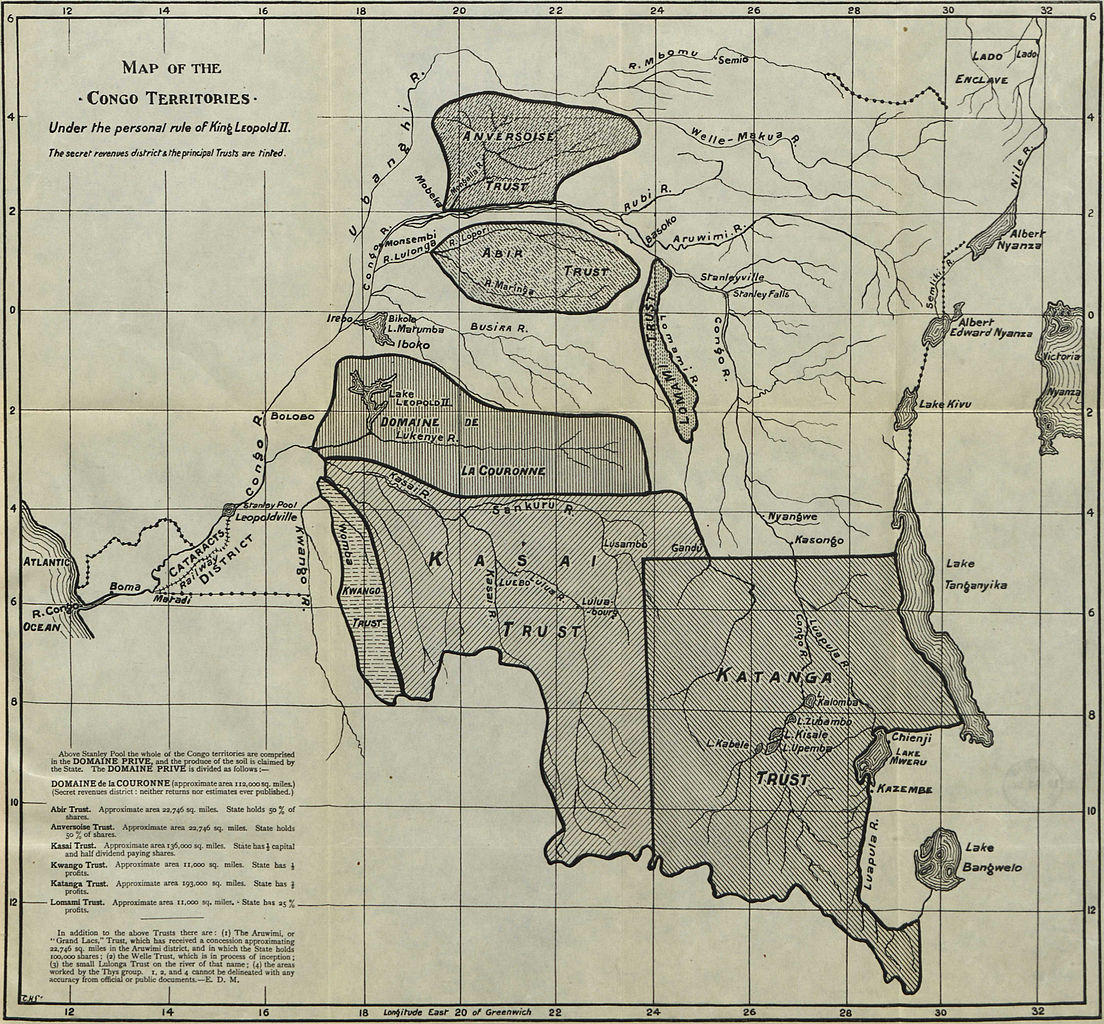 ] ??? /// --- # Control at a Distance .left-column[ 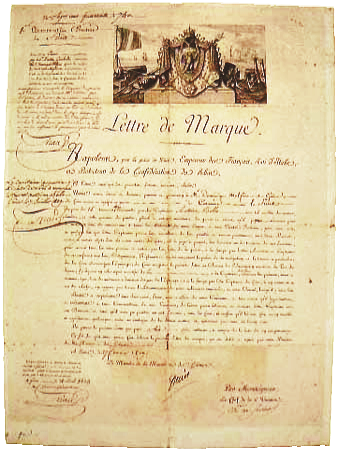 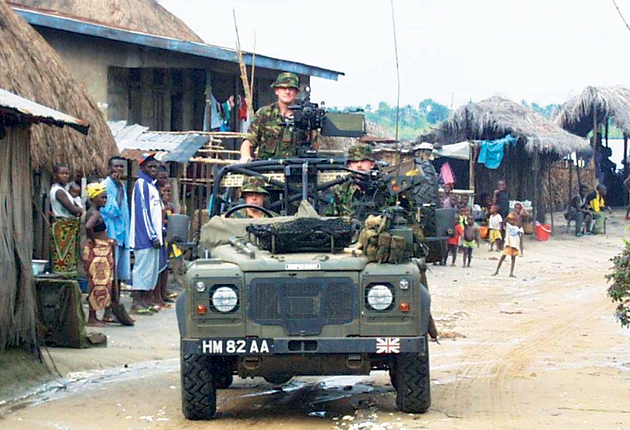 ] .right-column[ > Without the consent of the Blair government, Gen Richards promised Mr Kabbah that Britain would supply arms, ammunition and helicopters to Sierra Leonean forces to launch a fight-back against the rebels. "London wanted me to get the British nationals out and then bugger off. But the kind of personnel and weapons you would need to carry out an evacuation in a conflict zone was much the same as a small-scale military operation to push back the rebels," Gen Richards said. "And luckily we were a long way away." ] ??? /// --- # Coordination and Power > Wald had been leaning back in his chair, occasionally putting a Styrofoam coffee cup to his lips to catch the shells of sunflower seeds he was chewing. When the silent infrared picture suddenly flared in the familiar white blossom of an explosion, the three-star general sat bolt upright. > "Who the fuck did _that_?" Wald and Deptula blurted in unison, staring at each other in wide-eyed shock as men poured out of the building they had wanted to bomb and dashed around the courtyard of the compound in Afghanistan. Richard Whittle, _Predator: The Secret Origins of the Drone Revolution_ ??? Whittle Quote (pp. 259-260) Coalitions and warfighting Internal coordination and Control Pentagon drone screens Sierra Leone example --- # War in a Goldfish Bowl .pull-left[ 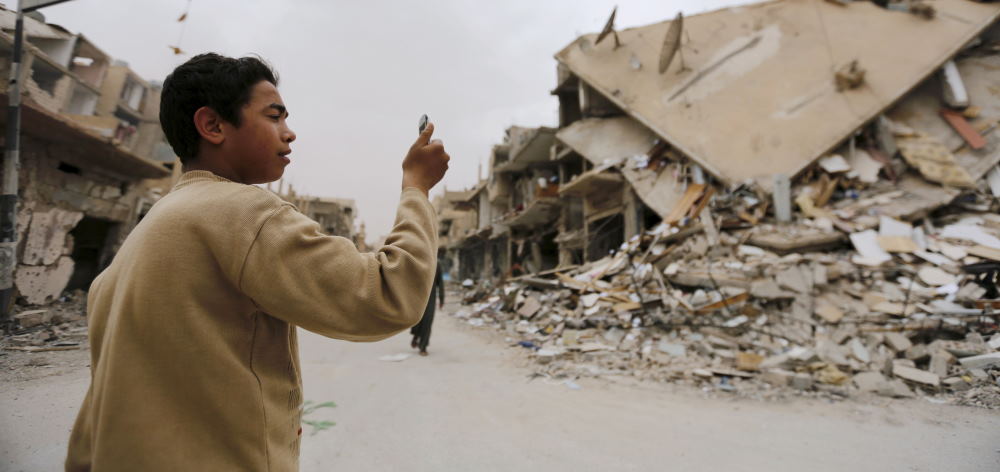 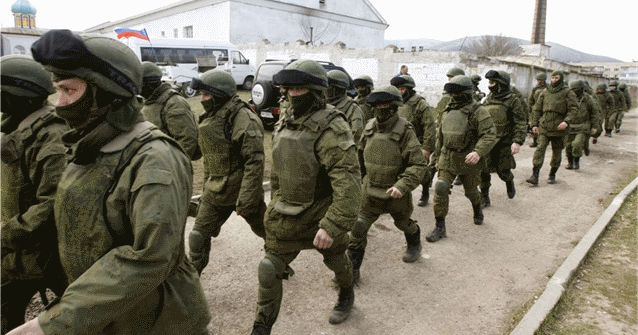 ] .pull-right[ War is now observable in real-time to third parties across the globe Public diplomacy -> diplomacy in Public Internet penetration at onset of armed conflict: - Afghanistan, 2001: 0% - Iraq, 2003: 0.6% - Syria, 2011: 22.5% ] ??? /// --- # C4 (Not the Explosive Type) .pull-left[ 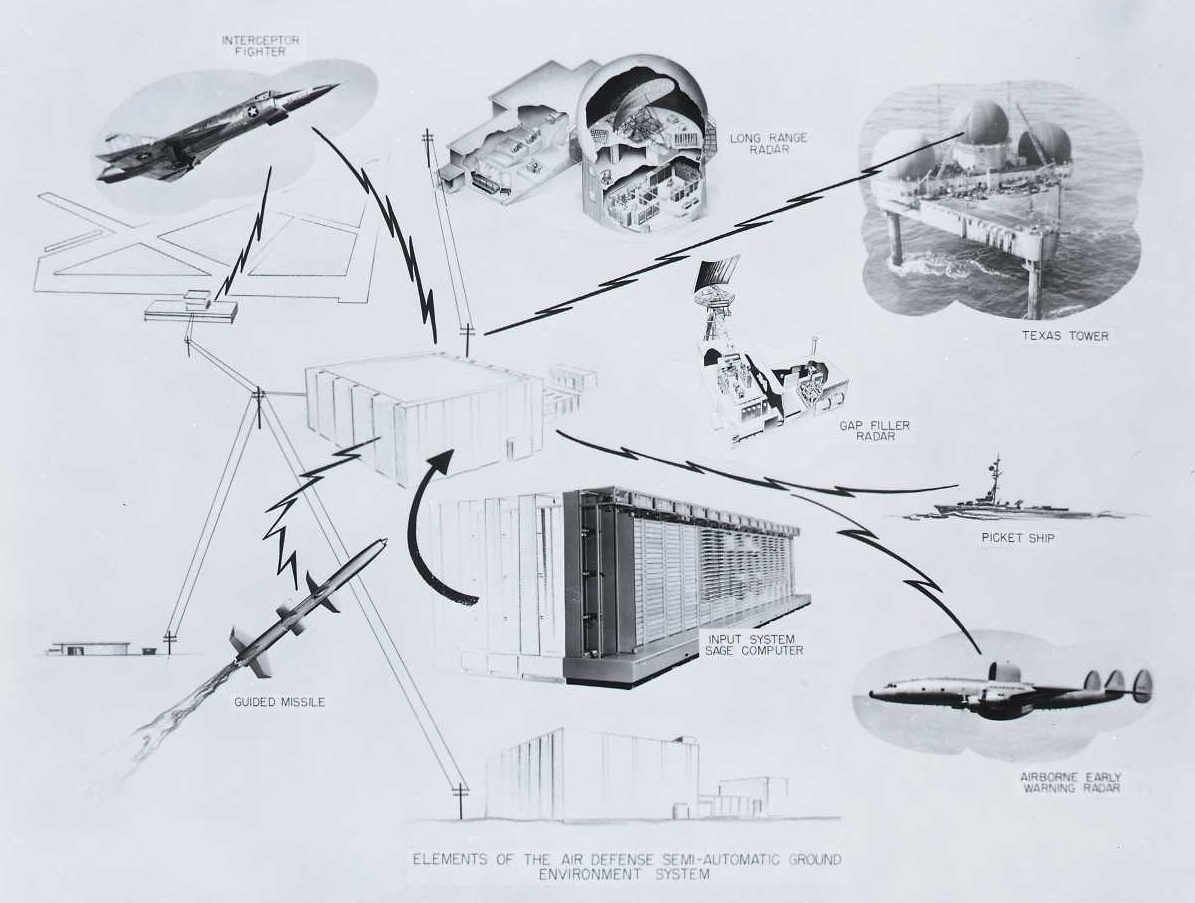 ] .pull-right[ There are a near-infinite variety of military acronyms that build from C2 (Command & Control) to C4ISR, etc. Data in favour of "practice precedes theory" - SAGE & problems of nuclear C2 Computers and communication systems now indispensable aspect of warfighting/planning Chinese adaptation to realities of GPS is both logical and scary ] ??? /// --- # New Domains of Warfare? .pull-left[ 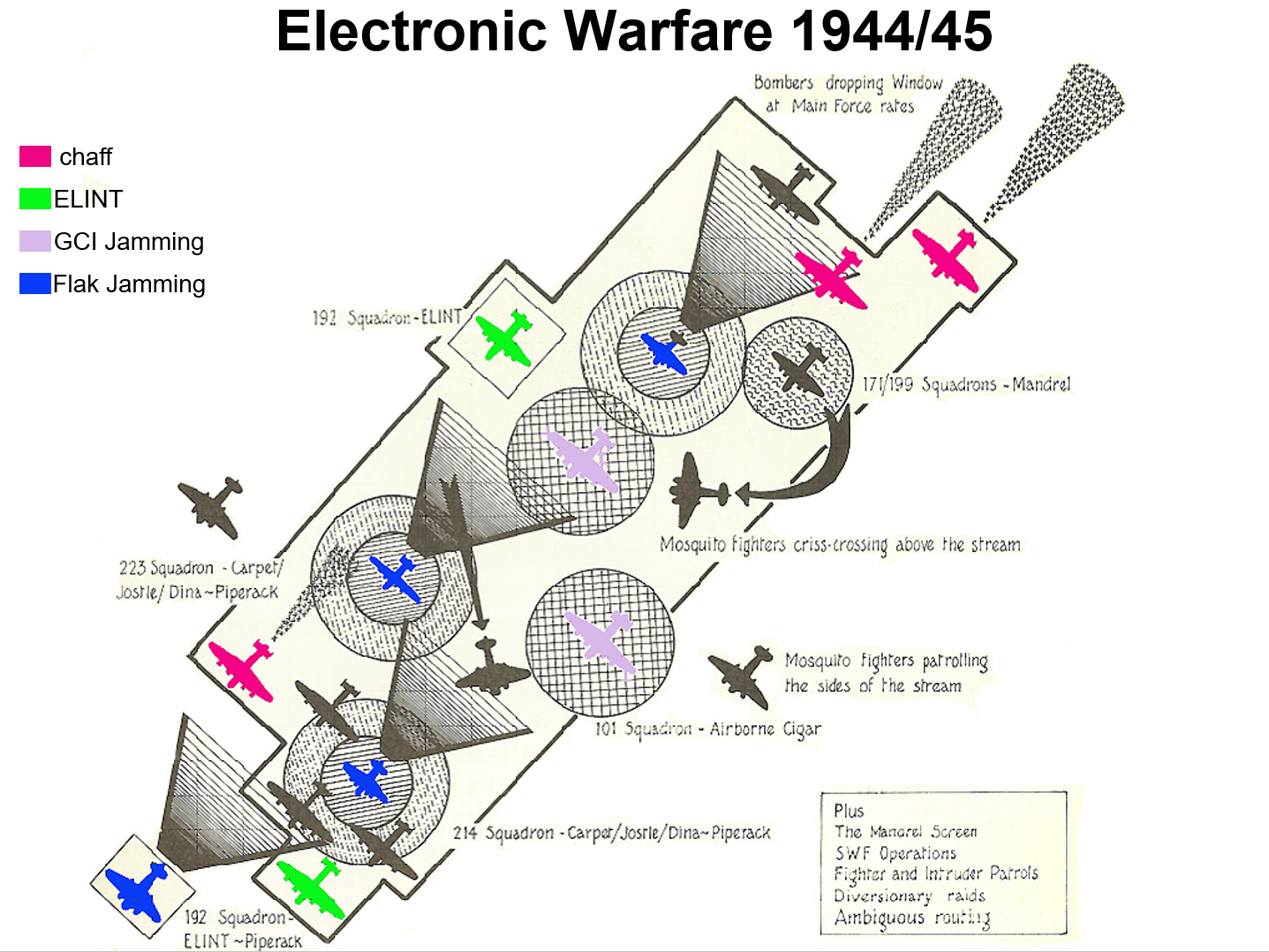 ] .pull-right[ Picture stolen from Steve Blank's [_The Secret History of Silicon Valley_](https://steveblank.com/secret-history/) Intentional human manipulation of electromagnetic spectrum gives rise to electronic warfare. - Intangible domain of war - Raises key question: what is a domain, anyway? - Another question: how do you conceptualise conflict in an intangible domain? ] ??? ///